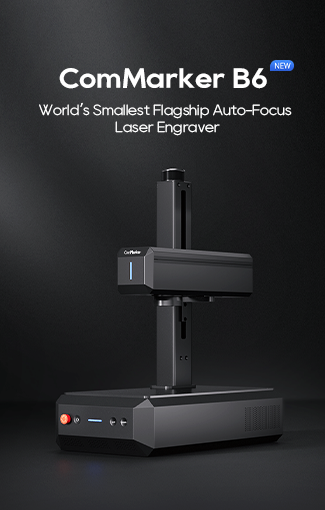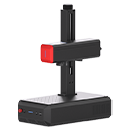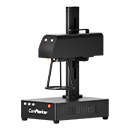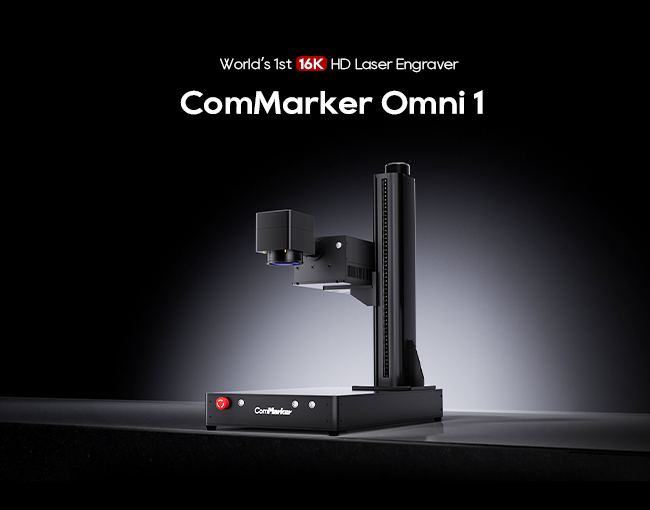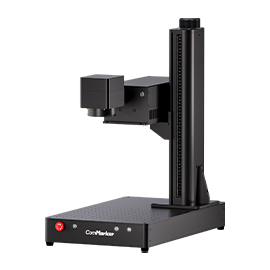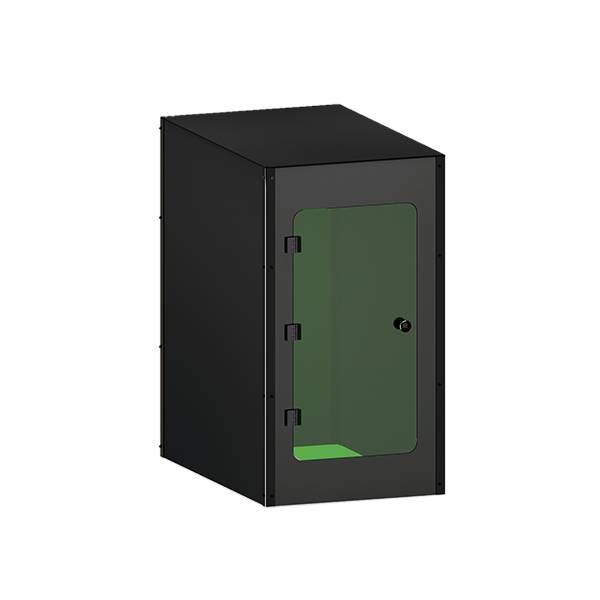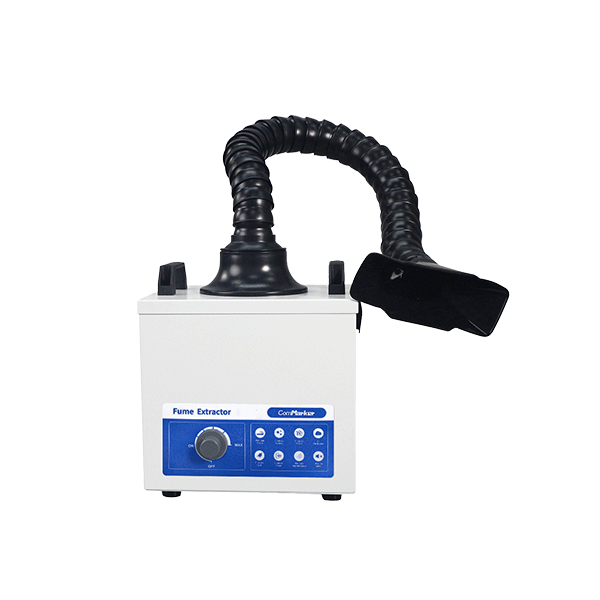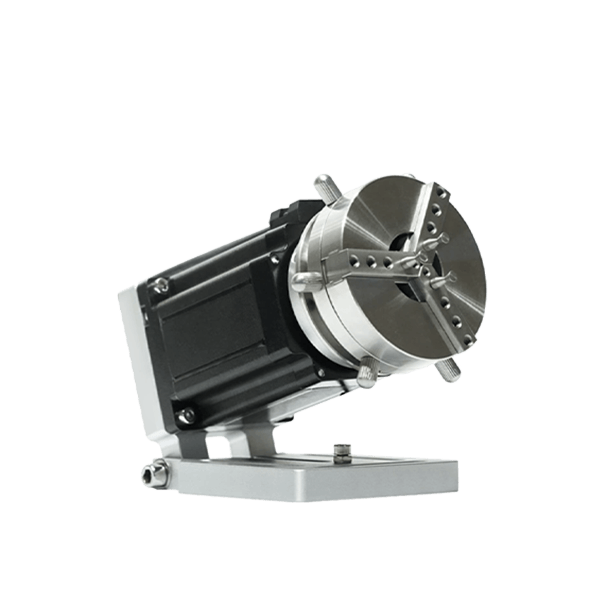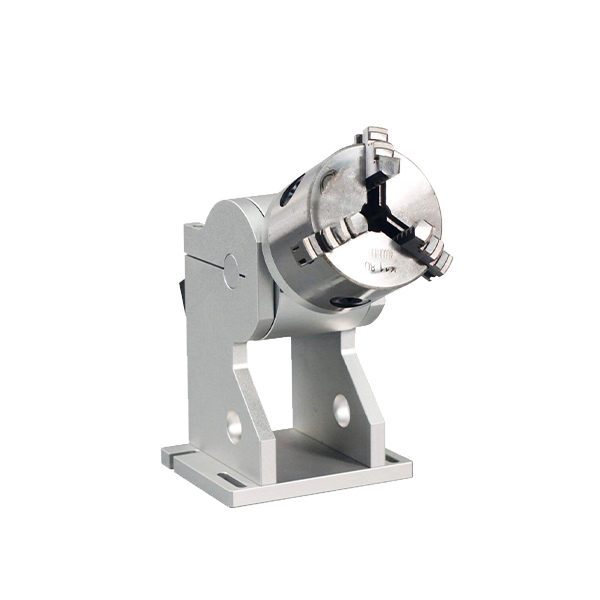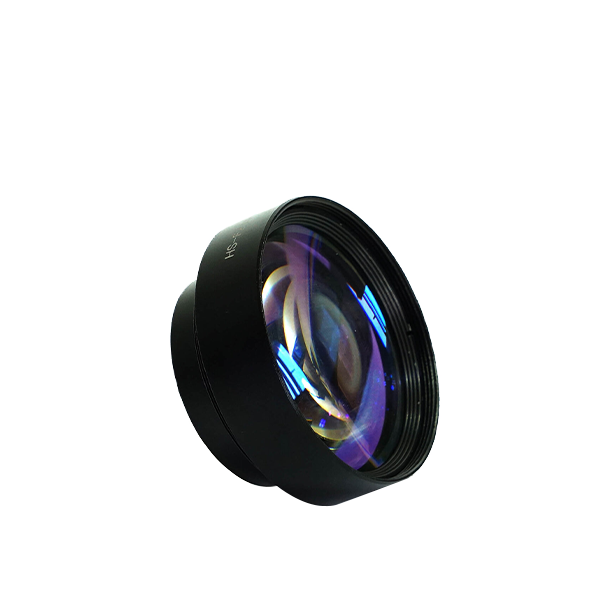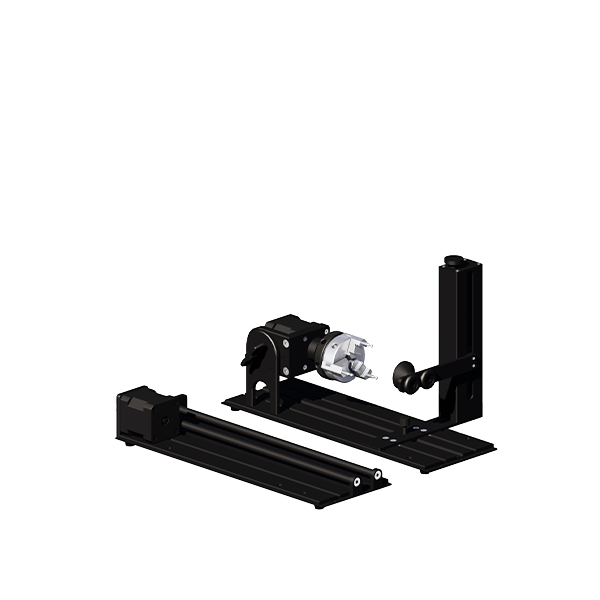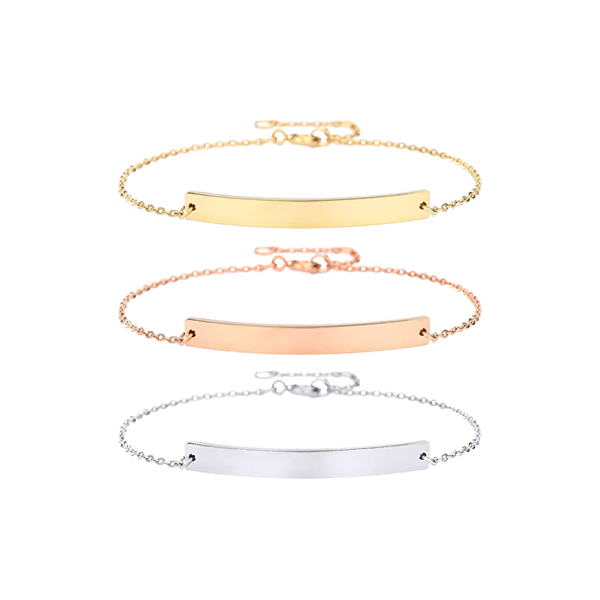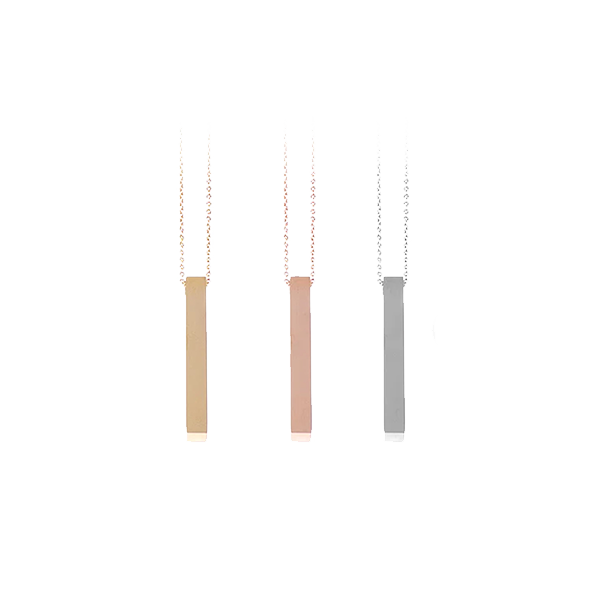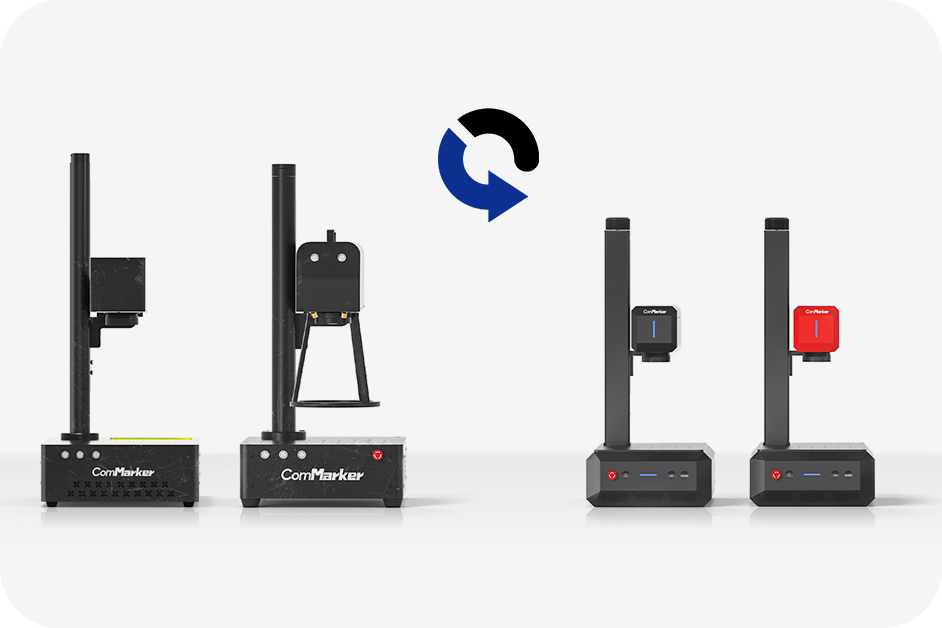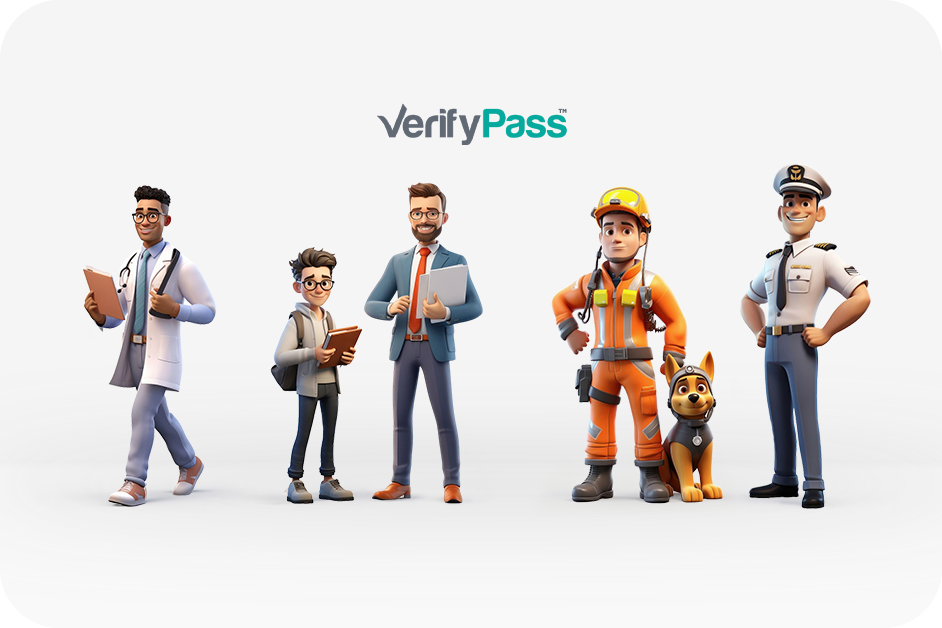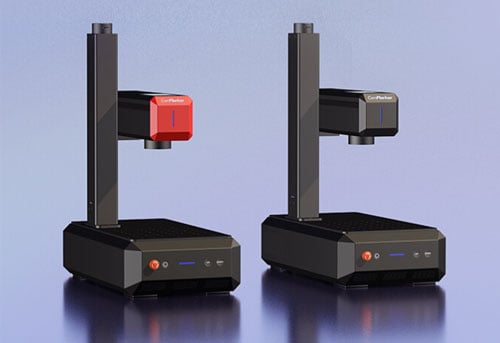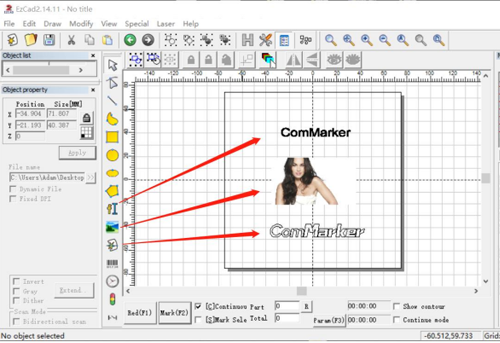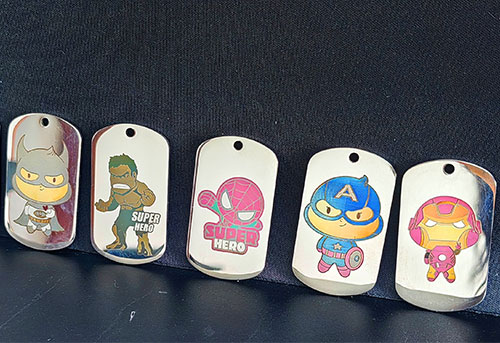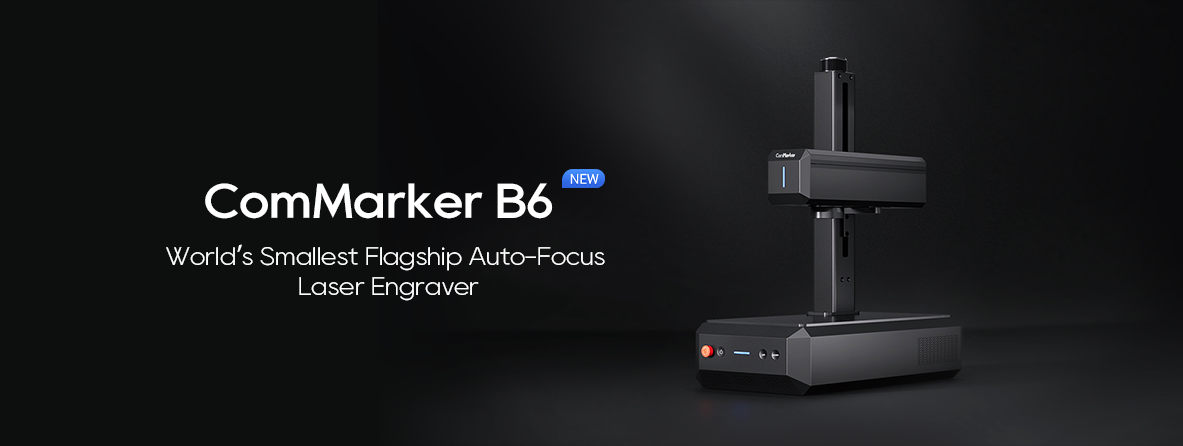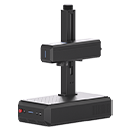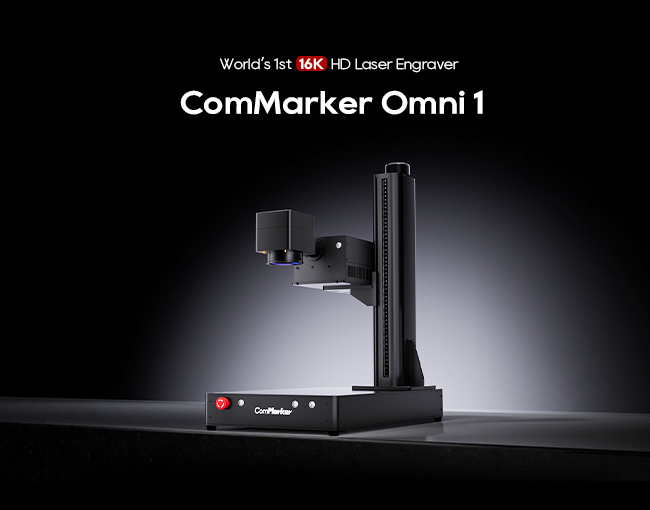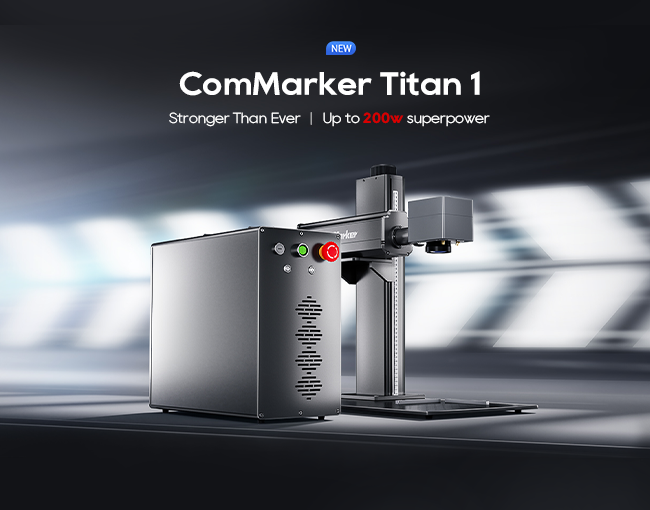When selecting a laser engraving machine, your decision hinges on a few critical factors, such as precision, power, and the types and thicknesses of materials you want to work with. Whether you’re an enthusiast or a professional seeking the perfect fit for your creative or business needs, understanding these factors can help you make an informed choice.
This guide will dive deep into the technical aspects of laser engravers, covering the types of lasers available, their capabilities, and the essential considerations for selecting the right machine. Additionally, we’ll discuss the key factors to watch out for, ensuring you avoid potential pitfalls.
Types of Laser Engraving Machines
The primary types of laser engraving machines are CO2 lasers, fiber lasers, and UV lasers. Each has its own strengths, and your choice should align with your specific needs.
CO2 Lasers
- Precision: Moderate
- Power Range: 30W to 40W+
- Material Handling: CO2 lasers excel in engraving organic materials like wood, leather, fabric, acrylic, glass, and some coated metals. They are ideal for thicker and softer materials.
- Best for: Makers working with a wide range of non-metallic materials, from crafters to signage businesses.
Fiber Lasers
- Precision: High
- Power Range: 20W to 100W+
- Material Handling: Designed primarily for metals like stainless steel, aluminum, brass, and other alloys. Fiber lasers also perform well on certain plastics.
- Best for: Those who need to engrave metals with high precision, such as jewelers, tool manufacturers, and electronics brands.
UV Lasers
- Precision: Ultra-high
- Power Range: 3W to 5W
- Material Handling: Ideal for marking delicate and heat-sensitive materials such as glass, ceramics, plastics, and even textiles. UV lasers minimize thermal damage due to their “cold” engraving process.
- Best for: Companies working with sensitive materials or those needing fine, detailed engraving without damaging the base material.
Key Considerations for Choosing a Laser Engraving Machine
1. Engraving Precision
Precision is crucial if your work requires fine details, such as creating small fonts, intricate designs, or high-resolution graphics. The level of precision often correlates with the laser’s wavelength and control over the laser beam.
- CO2 Lasers: Provide adequate precision for larger designs, but struggle with fine details on harder materials.
- Fiber Lasers: Offer high precision, particularly for metals and plastics, making them ideal for detailed work.
- UV Lasers: Shine in delivering ultra-precise engraving, perfect for micro-engraving tasks where heat deformation must be avoided.
2. Laser Power
Power directly impacts how deep the engraver can cut and how efficiently it can handle thicker materials. Higher power means faster and deeper engraving but may reduce precision in some materials.
- CO2 Lasers: Available in a wide range of power levels (30W-40W+), they handle cutting and engraving on thicker non-metals but may struggle with metals unless coated.
- Fiber Lasers: Typically range from 20W to 100W, they can engrave and even cut thin metals. Lower wattage is suitable for marking, while higher wattage allows for cutting thicker metals.
- UV Lasers: With lower power ranges (3W-5W), UV lasers are best for marking delicate materials rather than cutting through them.
3. Material Compatibility
Understanding the material compatibility of each type of laser is essential. Different lasers excel with different types of materials.
- CO2 Lasers: Excellent for engraving and cutting organic materials such as wood, leather, acrylic, and glass. However, bare metals are off-limits without coatings.
- Fiber Lasers: Best for metals and certain plastics, but struggles with wood or transparent materials like glass.
- UV Lasers: Handle heat-sensitive materials like plastics, glass, and ceramics with ease, offering precise markings without burning or cracking.
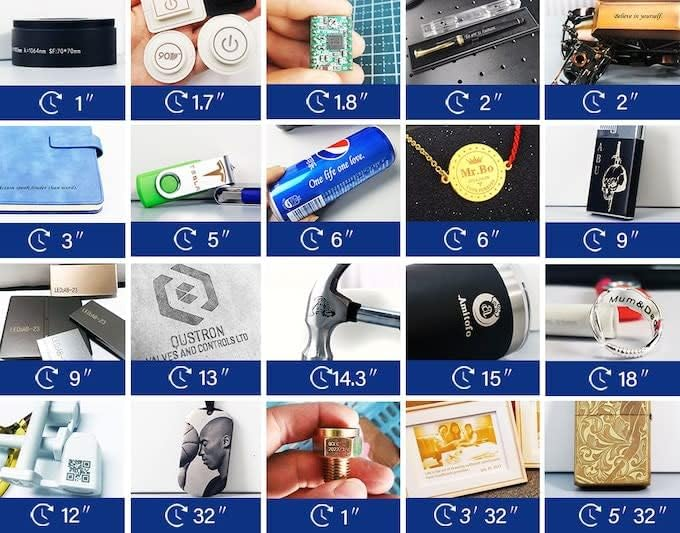
4. Material Thickness
If you plan to cut materials, the thickness they can handle is a crucial consideration.
- CO2 Lasers: Higher wattages can cut through thicker materials like wood, leather, and acrylic, making them versatile for hobbyists and professionals alike.
- Fiber Lasers: High-powered fiber lasers can cut through thin metals (up to 2-3mm). They’re great for applications that require clean cuts on metal.
- UV Lasers: Primarily focused on marking rather than cutting. They aren’t suited for cutting thick materials but excel at high-quality engraving.
5. Budget Considerations
The price of laser engraving machines varies significantly depending on the type, power, and features. CO2 lasers tend to be more affordable, whereas fiber and UV lasers come with a higher price tag due to their advanced capabilities.
- CO2 Lasers: Typically more affordable, making them a good entry point for small businesses and hobbyists. Prices range from $500 to $10,000, depending on the power and size.
- Fiber Lasers: More expensive due to their higher precision and metal engraving capabilities. Expect prices starting from $2,000 up to $30,000+.
- UV Lasers: The most expensive, given their precision and ability to work with sensitive materials. Prices usually start from $5,000 and can exceed $40,000 for more advanced models.
B4 20W JPT MOPA Fiber Laser engraving machine
Portable & Affordable: B4 MOPA 20W Fiber Laser Engraving Machine, weighing 18kg with compact dimensions. Electric Lifting: Built-in motor for precise focus. Versatile Engraving: Colors on stainless steel, black and white on aluminum, plus 3D and deep engraving on metal and rock. Spacious Work Area: Dual lenses (110mm, 200mm) with precise red dot calibration. Enhanced…
Safety Considerations
- Laser Safety Goggles: Always use the appropriate safety goggles for the type of laser you’re operating, whether it’s CO2, fiber, or UV. Different lasers emit light at different wavelengths, so make sure your goggles are rated for the specific type of laser.
- Ventilation and Exhaust Systems: Engraving certain materials, particularly plastics and metals, can produce harmful fumes. Ensure your workspace is equipped with proper ventilation or an exhaust system to protect against toxic exposure.
- Machine Enclosures: If your laser engraver does not come with an enclosed work area, consider purchasing or building one. Enclosures prevent stray laser reflections from escaping and damaging your eyes or skin.
- Material Handling: Be aware that some materials, such as PVC, produce toxic fumes when engraved. Always research the materials you plan to work with to ensure safety.
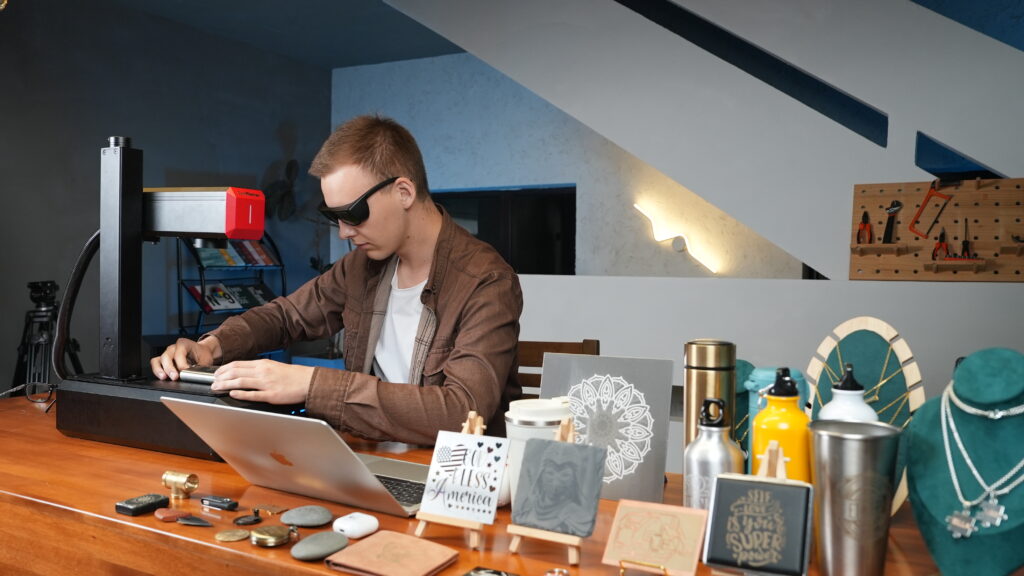
Tips for Geeks: Maximizing Your Laser Engraver’s Potential
- Fine-tune Laser Settings: The best engraving results come from experimenting with different settings, such as power, speed, and pulse duration. This is particularly important for fiber and UV lasers, where precision is key.
- Material Testing: Before starting large projects, run tests on scrap pieces of the material. Different materials will react differently to the same settings, so dialing in the perfect setup is essential.
- Software Mastery: The software used for controlling the laser is just as important as the hardware. Programs like LightBurn or RDWorks for CO2 lasers, EZCAD for fiber, and specialized UV software offer different capabilities for optimizing your engraving process.
- Maintenance: Keep your lenses and mirrors clean, and regularly check the alignment of your laser to maintain optimal performance. Dust, debris, and misalignments can affect precision and power output.
Choosing the right laser engraving machine is about balancing precision, power, material compatibility, and budget. Whether you’re creating intricate designs on metal, engraving wood, or marking delicate glass, understanding the capabilities of CO2, fiber, and UV lasers will help you pick the best tool for the job. Remember to prioritize safety and maximize your machine’s potential with careful settings and testing.




